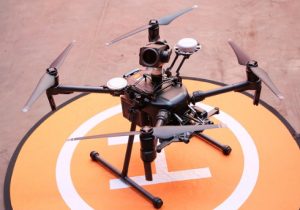
The Swedish Club has highlighted how to avoid wet damaged cargo on bulk carriers in a 32 page pdf booklet, which can be downloaded below. The Club says that heavy weather in combination with leaking hatch covers is the most common cause of wet damage on cargo. However, the main concern is the incorrectly applied and poorly maintained cargo hatch covers and sealing systems.
As a result of information collected from its claims handling, many cargoes of steel and steel coils, grain, peas and solidified cement were damaged by sea and rainwater enabling the report to be produced. In fact, 34% of all insured bulk carriers suffered a cargo claim in 2017 and this has increased by 75% since 2014. For 2017, the average cargo claim on a bulk carrier was almost USD 70,000.
Continue reading “Swedish Club publishes booklet on preventing wet damage to cargo on bulk carriers”










